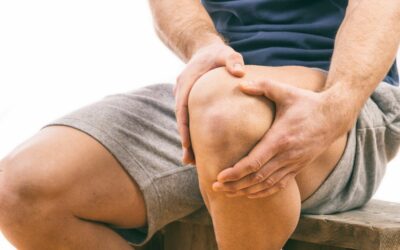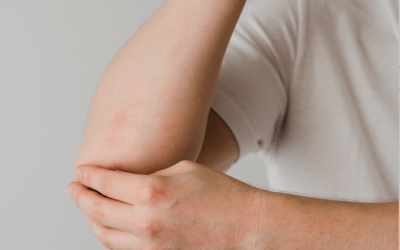Unstable shoulder blades can cause neck and shoulder pain, which can affect daily activities and quality of life. The shoulder blade, also known as the scapula, is a flat, triangular bone that attaches to the back of the ribcage and forms the socket of the shoulder joint. It is responsible for the stability and mobility of the shoulder joint. When the shoulder blades are unstable, it can cause pain, stiffness, weakness, and limited mobility.
Research has shown that unstable shoulder blades are common in people with neck and shoulder pain. A study published in the Journal of Orthopaedic and Sports Physical Therapy found that patients with shoulder impingement syndrome had significantly greater scapular dyskinesis (abnormal shoulder blade movement) than healthy individuals. Another study published in the Journal of Shoulder and Elbow Surgery found that patients with neck and shoulder pain had significantly greater scapular dyskinesis than asymptomatic individuals.
Physiotherapists and Osteopaths at CBR Clinics have the experience and knowledge to spot unstable shoulder blades and help people fix this common issue. Treatment may include exercises to strengthen the muscles that control the shoulder blades, manual therapy to improve joint mobility, and postural re-education to prevent future problems.
If you are experiencing neck or shoulder pain, it is important to seek professional help. Contact CBR Clinics in London Waterloo and Canary Wharf on 0330 299 3020 or click HERE to book online to schedule an appointment with one of our experienced physiotherapists or osteopaths who can help people with your pain.
References:
1. Kibler WB, McMullen J. Scapular dyskinesis and its relation to shoulder pain. J Am Acad Orthop Surg. 2003;11(2):142-151.
2. McClure PW, Bialker J, Neff N, Williams G, Karduna A. Shoulder function and 3-dimensional kinematics in people with shoulder impingement syndrome before and after a 6-week exercise program. Phys Ther. 2004;84(9):832-848.
3. Ludewig PM, Cook TM, Nawoczenski DA. Three-dimensional scapular orientation and muscle activity at selected positions of humeral elevation. J Orthop Sports Phys Ther. 1996;24(2):57-65.


